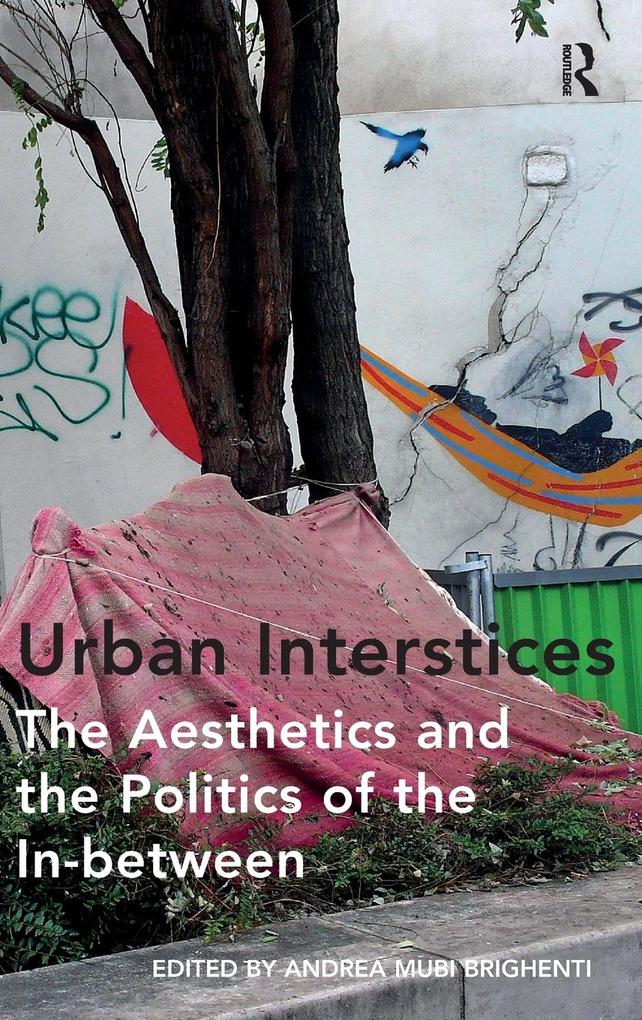
Zustellung: Sa, 26.07. - Mi, 30.07.
Versand in 7 Tagen
VersandkostenfreiBestellen & in Filiale abholen:
Bringing together a team of international scholars with an interest in urban transformations, spatial justice and territoriality, this volume questions how the interstice is related to the emerging processes of partitioning, enclave-making and zoning, showing how in-between spaces are intimately related to larger flows, networks, territories and boundaries. Illustrated with a range of case studies from places such as the US, Quebec, the UK, Italy, Gaza, Iraq, India, and South-east Asia, the volume analyses the place and function of interstitial locales in both a 'disciplined' urban space and a disordered space conceptualized through the notions of 'excess', 'danger' and 'threat'.
Inhaltsverzeichnis
Introduction, Andrea Mubi Brighenti; Chapter 1 What Sort of a Legal Space is a City?, Nicholas Blomley; Chapter 2 Trajectories of Interstitial Landscapeness: A Conceptual Framework for Territorial Imagination and Action, Luc Lévesque; Chapter 3 Tent Cities: Interstitial Spaces of Survival, Don Mitchell; Chapter 4 Spatial Justice in the Lawscape, Andreas Philippopoulos-Mihalopoulos; Chapter 5 Coming up for Air: Comfort, Conflict and the Air of the Megacity, Peter Adey; Chapter 6 Automobile Interstices: Driving and the In-Between Spaces of the City, Iain Borden; Chapter 7 Interstitial Space and the Transformation of Retail Building Types, Mattias Kärrholm; Chapter 8 Interim Users in Residual Spaces: An Inquiry Into the Career of a Pier on the Hudson Riverfront, Stéphane Tonnelat; Chapter 9 The Urban Fringe as a Territorial Interstice: On Alpine Suburbs, Andrea Mubi Brighenti; Chapter 10 Active Interstices: Urban Informality, the Tourist Gaze and Metamorphosis in South-East Asia, Ross King, Kim Dovey;
Produktdetails
Erscheinungsdatum
13. November 2013
Sprache
englisch
Seitenanzahl
232
Autor/Autorin
Andrea Mubi Brighenti
Verlag/Hersteller
Produktart
gebunden
Gewicht
517 g
Größe (L/B/H)
240/161/17 mm
ISBN
9781472410016
Entdecken Sie mehr
Bewertungen
0 Bewertungen
Es wurden noch keine Bewertungen abgegeben. Schreiben Sie die erste Bewertung zu "Urban Interstices" und helfen Sie damit anderen bei der Kaufentscheidung.









